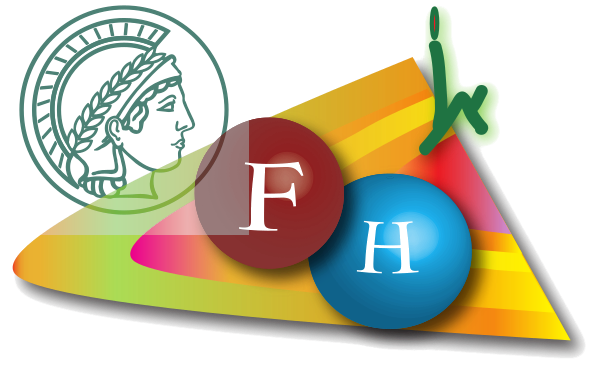Date:
Thu, 10/06/2010 - 14:00 to 16:00
Location:
Seminar Hall, Los Angeles Bldg., Entrance Floor
Deterministic Loading of a Single Atom to a Micro-Trap
Direct observation of single atoms undergoing individual
microscopic events has recently become possible. These direct
observations are of basic interest, because much of our
knowledge of microscopic events today is inferred from
macroscopic measurements. On the other hand, these
techniques are also of interest to applied research, because
they may allow manipulation of matter at the single atom level,
with application ranging from metrology to quantum
information processing. In this talk, I will describe our new
experimental setup and main results. We can trap and count
the number of atoms in small and dense atomic samples loaded
to an optical micro-trap, and image the trapped atoms with sub-
micron resolution. Using this setup, we prepare pairs of trapped
atoms and study two-body light assisted collisions, by direct
observations. We demonstrate an efficient method of loading a
single atom to our micro-trap by tailoring the light-assisted
collision parameters.
Direct observation of single atoms undergoing individual
microscopic events has recently become possible. These direct
observations are of basic interest, because much of our
knowledge of microscopic events today is inferred from
macroscopic measurements. On the other hand, these
techniques are also of interest to applied research, because
they may allow manipulation of matter at the single atom level,
with application ranging from metrology to quantum
information processing. In this talk, I will describe our new
experimental setup and main results. We can trap and count
the number of atoms in small and dense atomic samples loaded
to an optical micro-trap, and image the trapped atoms with sub-
micron resolution. Using this setup, we prepare pairs of trapped
atoms and study two-body light assisted collisions, by direct
observations. We demonstrate an efficient method of loading a
single atom to our micro-trap by tailoring the light-assisted
collision parameters.

